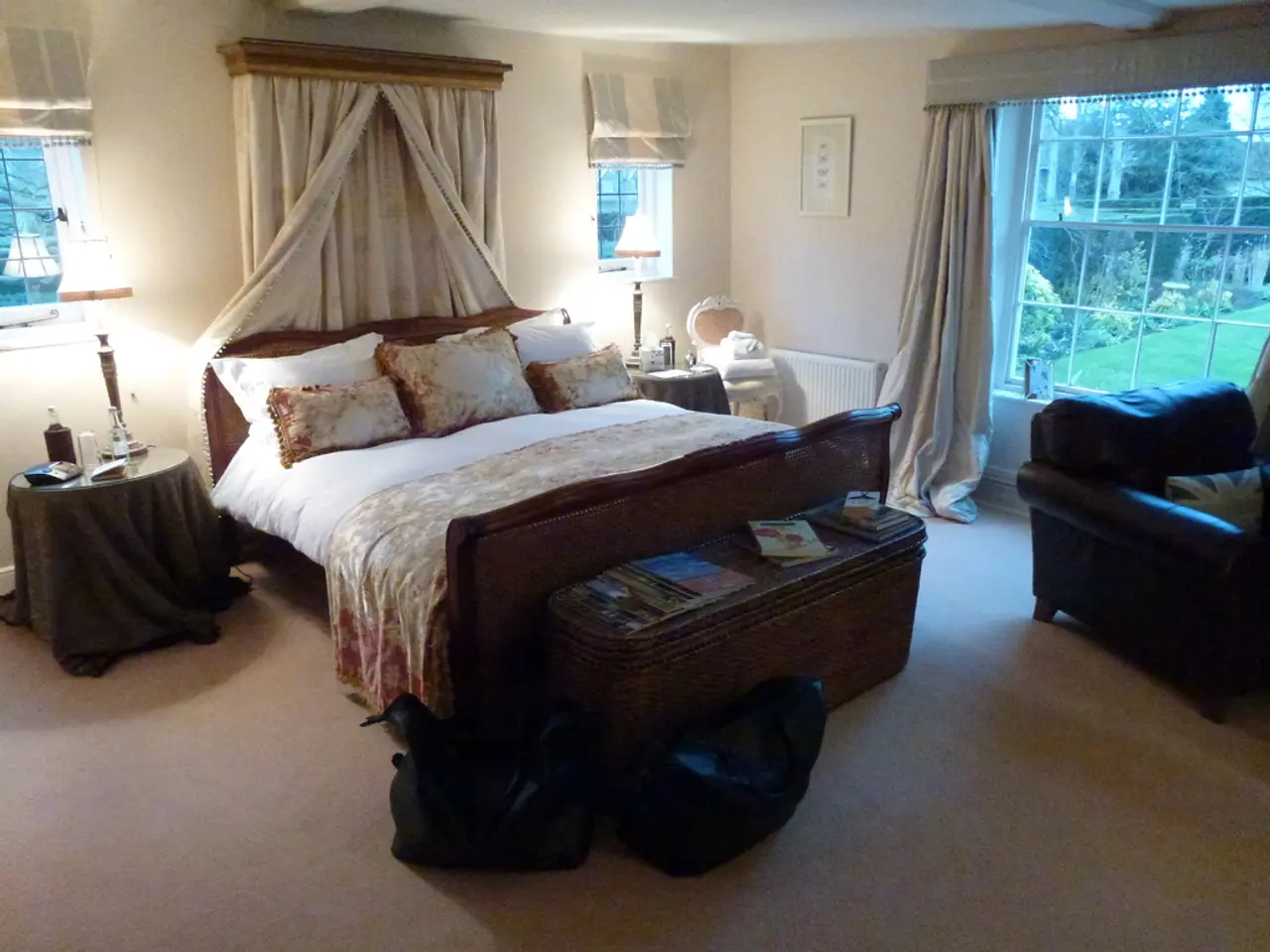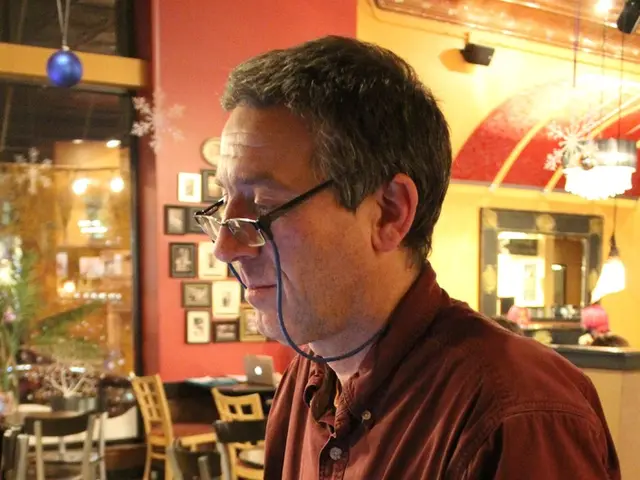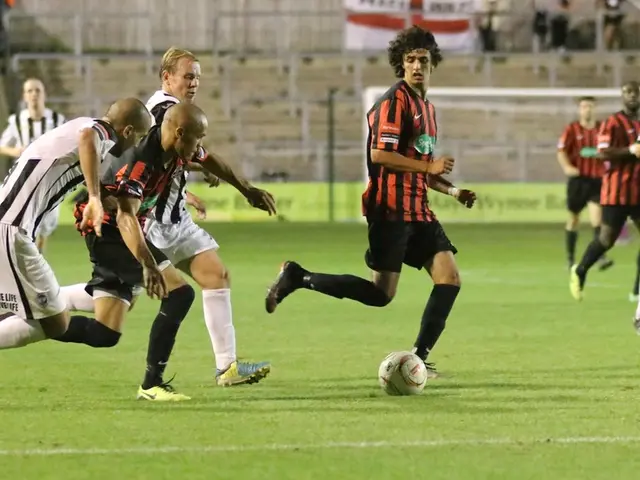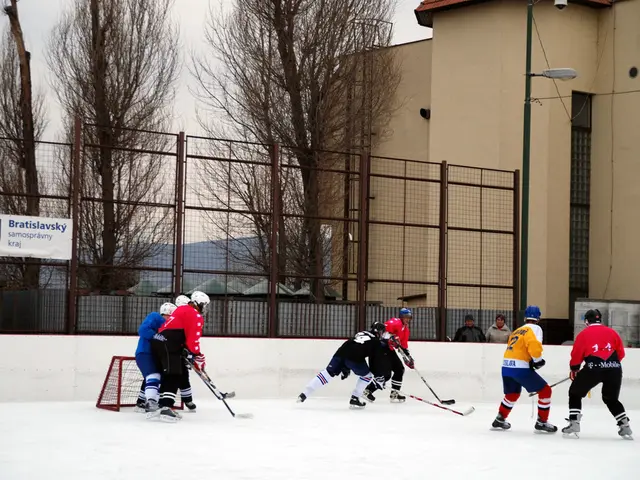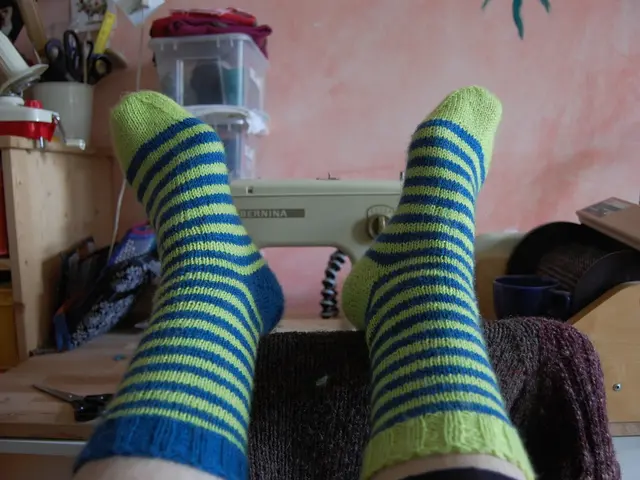Probing the Cosmos through Loop Quantum Gravity: A Fresh View on Space-Time Architecture
In the ongoing quest to understand the universe's fundamental nature, physicists are delving into the intriguing realm of Loop Quantum Gravity (LQG). This theory, which offers a quantum theory that is background-independent, challenges our conventional understanding of space-time.
At its core, LQG represents space-time's quantum evolution as chronicled by spin networks. These abstract graphs depict the quantum states of space-time geometry, with nodes representing quanta of space and edges illustrating spatial relationships between them. Spin networks offer a snapshot of the quantum state of the gravitational field in LQG, evolving over time to generate a dynamic, quantized geometry that differs from the static, continuous field of classical relativity.
One of LQG's most intriguing predictions is the quantization of black hole areas. According to this theory, black holes may have discrete, quantized areas, challenging our understanding of these cosmic enigmas. This quantization could potentially solve the black hole information paradox, a long-standing mystery in physics.
However, the road to testing LQG's predictions is fraught with challenges. The main experimental hurdles stem from the difficulty of reaching Planck-scale effects and the extreme fragility of quantum states needed to probe quantum gravitational phenomena.
Planck-scale effects predicted by LQG, such as discrete spacetime and Lorentz violations, occur at energy or length scales far beyond current experimental reach, making direct tests challenging. Experiments proposed to test quantum gravity effects often rely on generating and maintaining highly delicate entangled quantum states sensitive to gravity-induced phenomena. The fragility and decoherence of these entangled states at macroscopic or kilometer scales is a profound practical hurdle.
Moreover, the lack of a fully developed matter sector in LQG complicates connecting LQG predictions to observable particle physics phenomena, limiting clear experimental signatures. Concepts like gravitational generation of entanglement, which could provide evidence for quantum gravity, are still at a theoretical and early experimental stage. Distinguishing such entangled states specifically predicted by LQG requires further theoretical and experimental advances.
Recovering classical gravity at large scales from LQG remains difficult to model precisely, so extracting clear, testable deviations from general relativity is complicated. Proposals for LQG phenomenology involve subtle effects like modifications to black hole entropy, Planck-scale discreteness in spacetime, or Lorentz symmetry violations, which require highly sensitive and novel experimental setups that push or exceed current technology.
Despite these challenges, ongoing research efforts focus on entanglement-based probes and improved quantum sensing to approach these challenges. The exploration of Loop Quantum Gravity embodies an unending quest to comprehend the cosmos's fundamental nature, intertwining physics and philosophy in a captivating dance of discovery.
Reconciling LQG with quantum field theory and the Standard Model of particle physics remains an ongoing endeavor. As we continue to unravel the mysteries of the universe, Loop Quantum Gravity stands as a compelling framework that offers a tantalizing glimpse into the quantum nature of space-time. Space-time, according to LQG, consists of finite, discrete quanta, rather than a continuous fabric, challenging our understanding of the very fabric of reality.
In summary, the core difficulties are producing and detecting the subtle quantum-gravitational signatures predicted by LQG due to the smallness of the effects, the fragility of required quantum states, and incomplete theoretical development linking LQG to matter and classical observables. Ongoing research efforts focus on entanglement-based probes and improved quantum sensing to approach these challenges. The journey into the heart of the cosmos continues, and Loop Quantum Gravity promises to be a guiding light in our quest for understanding.
[1] Smolin, Lee. "Three Roads to Quantum Gravity." Basic Books, 2001. [2] Rovelli, Carlo. "Quantum Gravity." Cambridge University Press, 2004. [3] Ashtekar, Abhay. "Loop Quantum Gravity." Living Reviews in Relativity, 2004. [4] Bojowald, Martin. "The Emergence of Time in Loop Quantum Cosmology." Living Reviews in Relativity, 2008.
Science and technology are essential tools in the exploration of Loop Quantum Gravity (LQG), a theory that delves into the quantum evolution of space-time. This theory, as found in works such as Smolin's "Three Roads to Quantum Gravity" (2001), Rovelli's "Quantum Gravity" (2004), Ashtekar's "Loop Quantum Gravity" (2004), and Bojowald's "The Emergence of Time in Loop Quantum Cosmology" (2008), challenges our conventional understanding of space-time by proposing a quantum, background-independent theory of relativity. In space-and-astronomy, LQG's predictions, like the quantization of black hole areas, offer new insights into the intricate workings of the universe, potentially solving long-standing mysteries like the black hole information paradox.
